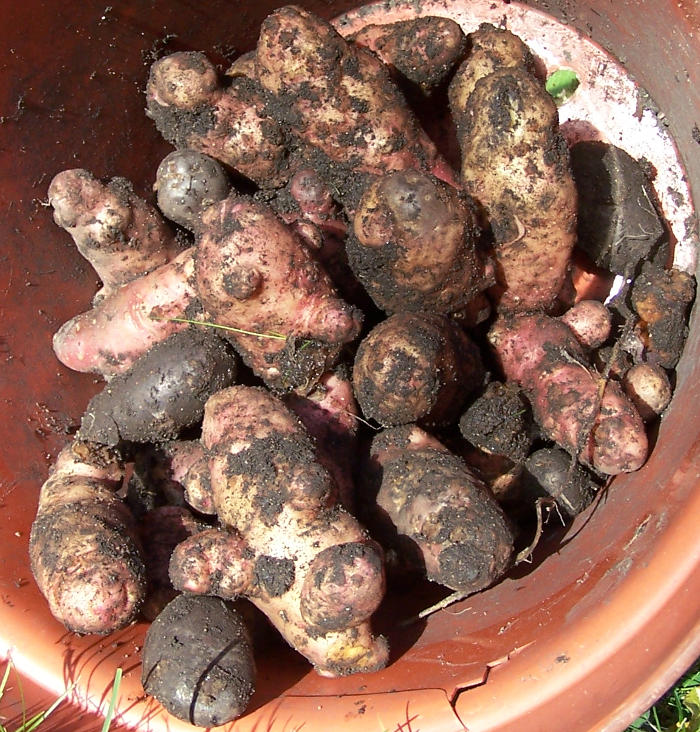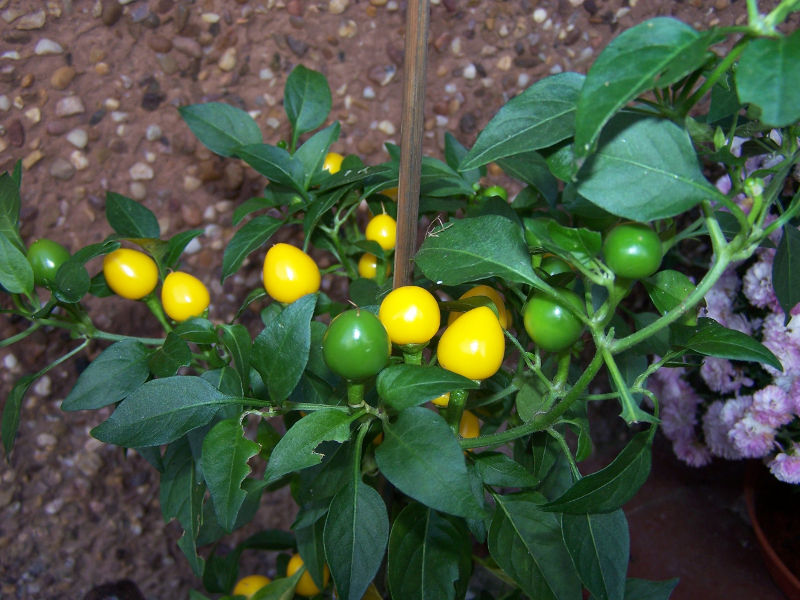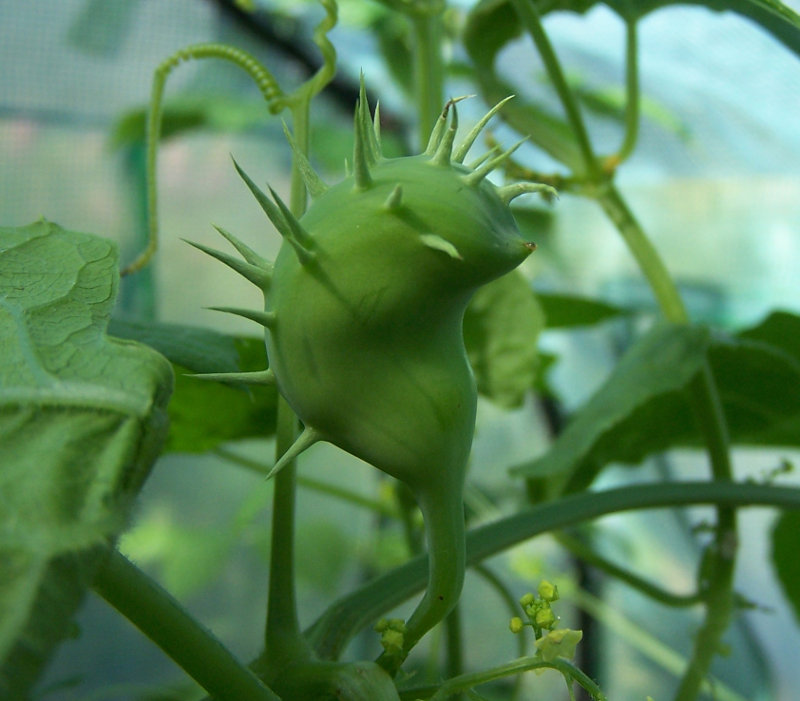It is that grim time of year when almost no sun comes into the garden and it looks like an untidy mess of dead stuff. It is a bit less untidy since I replaced my dead petrol lawnmower with a shiny new rechargeable battery one and had to try it out, despite the fact that the grass is not exactly growing much. Aside from the winter pruning and tidying jobs, the main thing to be done at this time is to ponder on which fruit and vegetable plants are worth their space in the garden, and the effort of growing them, especially for the annuals as the seeds need sowing soon.
That means one has to think a little about why it is worth growing any fruit and veg at all. Of course, there is always the sheer satisfaction of having grown a thing yourself. But there are reasons on top of that:
- You can’t get it in the shops at all.
- You can get it in the shops, but it is much nicer picked from your own garden.
- You can get it in the shops, but it is annoyingly expensive.
Reason 3 tends to apply mostly to perennials such as berries, tree fruits and asparagus.
Of the annuals (or effective annuals) white maincrop potatoes qualify on none of these points, so I don’t waste space on them. I have tinkered with exotic potato varieties but I am not convinced that they are worth the effort in a small to medium size garden, especially as our local greengrocer has a choice of about 10 varieties during the summer. I usually end up with a few anyway as I planted some Pink Fir Apple and Shetland Black a few years ago, and they are remarkably persistent (especially the Pink Fir Apple), despite my attempts to dig them all up. It doesn’t help that when I find a potato plant I hate to throw it away; I usually replant them in a row to see what happens. I got half a bucketful this year.

Equally pointless as a garden plant are Brussels sprouts. Even if you like them (and I do), the farmers around here grow beautiful ones by the fieldful. I grew a few plants last year because someone gave me the seedlings. But they are scruffy-looking things and taste no better than the ones in the shops.
At the other end of the scale are tomatoes and peas. I don’t need to think about whether to bother growing these. IT people use the term “Killer App” to mean a program which, on its own, makes it worth running a particular computer system. In the British climate, tomatoes are the killer app of a greenhouse. They qualify particularly on reason 2: everyone who has grown their own tomatoes knows that the ones you buy in a shop may look the same, but they are bland, tasteless shams, feeble imitations of the real thing. The taste of a tomato picked from the greenhouse on a hot summer day is hard to describe without using imagery unsuitable for a family web site. The choice to be made is not whether to grow tomatoes, but which varieties to grow. Our greenhouse is marginal for tomatoes; some varieties don’t do well, notably plum tomatos and a big pale yellow variety whose name I have forgotten. Boring old Gardeners Delight do fine, and I usually grow a plant or two, but they don’t qualify on reason 1 as you can get ones that look the same in any supermarket — I prefer to go for varieties that are an unusual colour or shape. The F1 variety Sungold (small and orange) do fine and taste excellent; the only downside is that (as with all F1s) a typical packet contains about 5 seeds. A packet of Gardeners Delight at the same price contains a heaped teaspoonful or two. I also like Choc Cherry; my wife is unconvinced by the brown colour but I think they add variety to a tomato salad and they seem very unfussy about growing conditions. I might look for a new variety with a different shape or colour for this year.
Peas are also worth growing for the sheer pleasure of eating them straight off the plant. Every year I decide to grow more peas than the previous year, and it is never enough. I’m not fussy about the variety, but I like tall peas such as Alderman or Telephone; I think you get more peas from the same space. The only reason that most modern pea varieties are short is that you can’t pick tall peas with a machine.
The difficult choices are what to bother with among the less obvious plants. I have given up on sweet peppers; they never ripen well. Hot peppers do fine; last year I grew little round yellow ones called Gelbekirschen and bigger ones called Hungarian Black. They were interesting and attractive, even if they taste much the same as bought ones.

The really interesting things are those oddities that seed catalogues usually have and which you definitely can’t find in greengrocers. These automatically meet criterion 1, but they may turn out to have little value apart from novelty. I have grown a number of such things once for the interest value and not bothered again. I tried tomatillos a few years ago; they grew fine in the greenhouse but nobody seemed keen on eating or cooking the fruit. My experiments for 2016 were cucamelons and exploding cucumbers (Cyclanthera Explodens, not to be confused with the squirting cucumber Ecballium elaterium).

The exploding cucumbers grew and fruited well in both the greenhouse and the (much cooler) polytunnel. While they were very entertaining, they did not prove to be a culinary hit, and I don’t think I’ll give them garden space again. Not deliberately, anyway, the seeds were fired all over the garden so it will be interesting to see if they appear as weeds.

The cucamelons (Melothria scabra) were a different story. The seedlings were a bit delicate and prone to die off, but once they get going they are quite vigorous in the greenhouse. And the fruit are an interesting addition to a salad. They look like a tiny watermelon, but taste like a slightly lemony cucumber. I’ll definitely try those again.


One Reply to “Planning and planting”